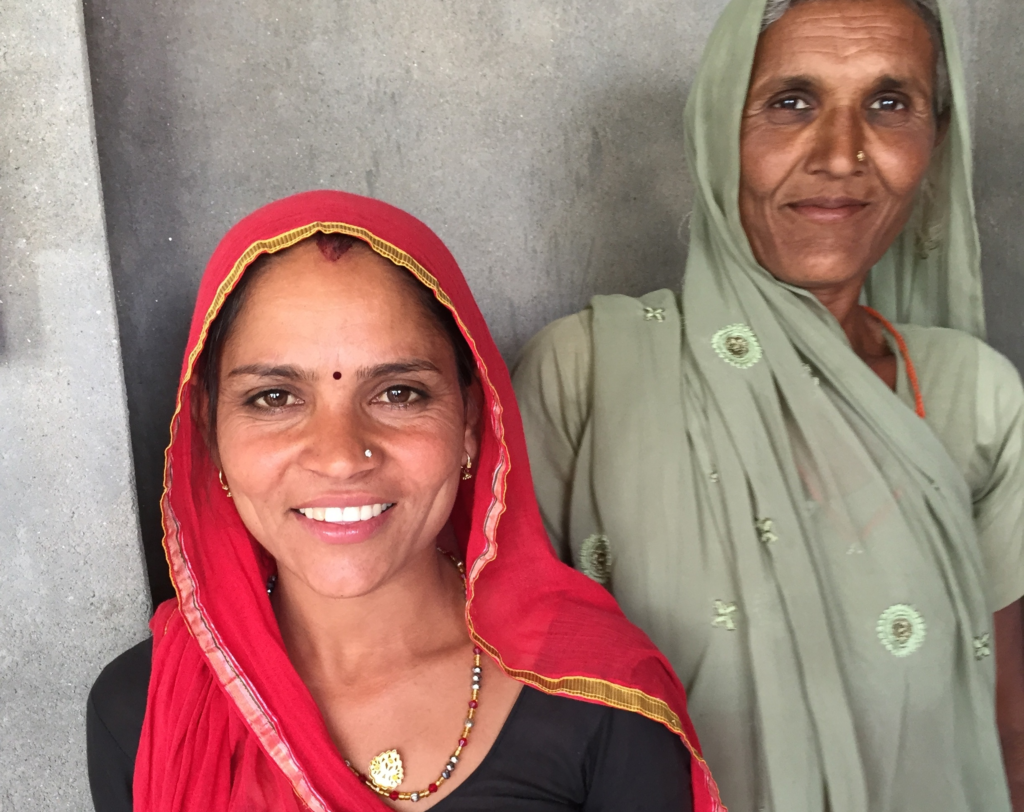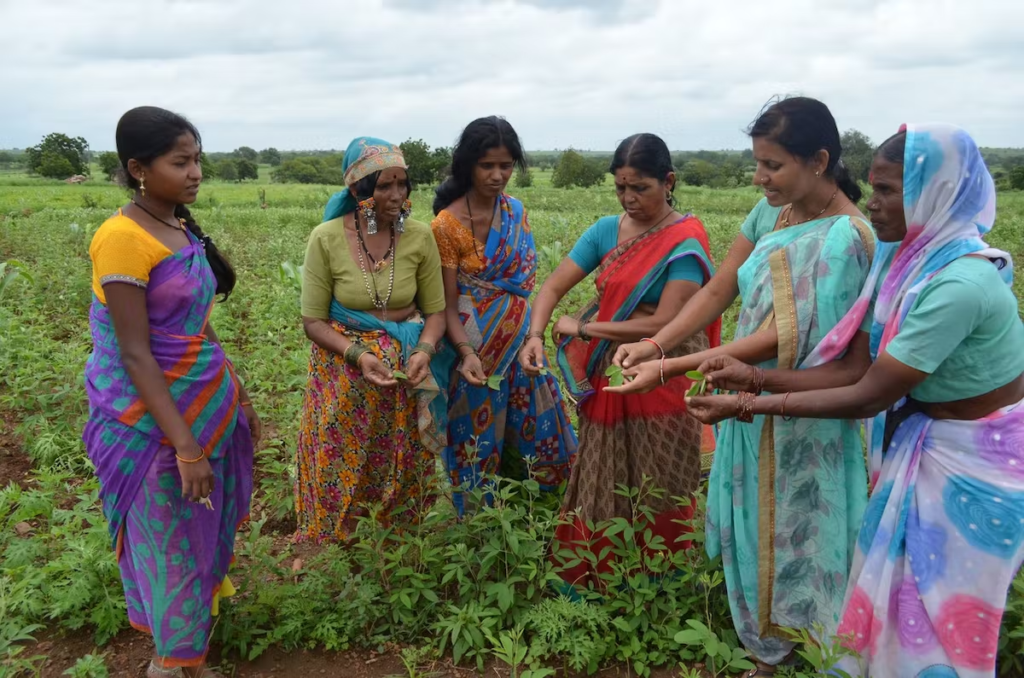With the “Azaadi Ka Amrit Mahotsav,” India is honouring its progressive 75 years after gaining its independence and promoting the goal of making women “Empowered Women-Empowered Nation.”
Enhancing women’s economic participation has long been a top concern and is essential to reaching the Sustainable Development Goals.
According to research by “The Centre for Monitoring Indian Economy,” the labor participation rate for rural women in March 2022 was just 9.92 percent, whereas it was 67.24 percent for males.
Such women workers might be referred to as “Compulsory Workers; whose job never stops” since they constantly switch between various sorts of employment in order to support themselves, despite poor pay and difficult working circumstances.
Given that a sizable portion of India’s national income comes from the rural sector, immediate action must be taken to address the problems faced by rural women.
What Different Challenges Do Rural Women Workers Face?

Rural Economy Mechanization:
With the introduction of machinery, operations in the agricultural sector have become less labor-intensive, which has led to a reduction in working days to fewer than three months each year. Many rural women were compelled to relocate and work as part-time construction workers as a result.
inadequate data presentation:
Women who stopped seeking for employment because they thought “no job is available” are incorrectly labelled as “dropping out” or “Leaving the market,” portraying their decision as a “choice” rather than one that was imposed upon them. As a result, the rural economy suffers.
Lack of pay equity:
Because of their physical limitations while carrying large objects, women are paid less per piece for manual labour than males.
• A project in Karnataka’s Kalaburagi area that focuses on building percolation ponds Women did not receive the piece rate of 309 since dredging ponds required hauling around 3,000 kg of muck per day and they were unable to reach the goals. Instead, they received just 280 to 285 instead.
inadequate education:
The majority of women who work in the construction industry are not registered as “Construction Workers,” making them ineligible for any benefits provided by the Construction Workers’ Welfare Board.
o Men and women with higher education levels receive the paid formal occupations, leaving women with just secondary education in non-agricultural, construction, housekeeping, and other positions.
Restrictions on MGNREGA:
A labour demand-driven programme called the Mahatma Gandhi National Rural Employment Guarantee Act (MGNREGA) is only able to provide 100 days of paid labour per year for public works projects.
o Women employees must continue to hunt for alternate sources of income to cover costs for the remainder of the time.
Food Not Being Nutritious:
The amount of vegetables and pulses consumed by women has significantly decreased as a result of the high prices of necessary goods.
o Another aspect of the life of the “compulsory” woman worker is the lack of nutrition that women experience as a result of high costs and poor salaries.
o As a result of a patriarchal culture, males often receive more nutritious food since they are considered to be the family’s breadwinners, especially in cases where the family is struggling to feed all of the children.
Financial Limitations:
There is no way that the quantity of work performed by the women and the amount of money they make from a variety of activities for which there are no set wages.
They are more likely to fall into debt traps due to a lack of awareness and enough resources.
What steps have been taken to improve the situation of rural women workers?

the e-Shram Portal:
The e-Shram platform was introduced by the Ministry of Labor and Employment.
o The goal is to register 38 crore unorganised employees, including domestic workers, migrant workers, and construction labourers.
4
o An employee who has registered with the e-shram site and suffers an accident is eligible for Rs 2.0 lakh in case of death or permanent disability and Rs 1.0 lakh in case of partial impairment.
The Mahila Kisan Sashaktikaran Pariyojana (MKSP):
MKSP was introduced by the Ministry of Rural Development in 2011.
The goal is to provide rural women with skill development and capacity building programmes.
o The State Rural Livelihoods Mission (SRLM) was used to execute this plan across India as a part of the DAY-NRLM (Deendayal Antyodaya Yojana — National Rural Livelihoods Mission).
o Under the DAY-NRLM programme, women farmers are given trainings on how to apply cutting-edge agricultural methods as well as allied and agro-ecological best practises by community resource people and extension organisations.
Pradhan Mantri Kaushal Vikas Yojana (PMKVY):
In 2015, PMKVY was introduced by the Ministry of Skill Development and Entrepreneurship.
o It offers a variety of short-term skill training programmes, including Short-Term Training (STT) and Recognition of Prior Learning (RPL), among others, to help rural adolescents and women support themselves.
The Deen Dayal Upadhyaya Grameen Kaushalya Yojana (DDUGKY) is a placement-linked programme that develops the skills necessary for wage work for young people in rural areas.
Biotech-Krishi Innovation Science Application Network
(Biotech-KISAN) Programme:
The Biotech-KISAN Program was started by the Department of Biotechnology (DBT) within the Ministry of Science and Technology.
o It offers scientific solutions to farmers in the north-eastern region to connect the farm with the small and marginal farmers, particularly women farmers in the area, and the available modern agriculture technology.
Pradhan Mantri Jan-Dhan Yojana (PMJDY):

Rural women’s confidence and opportunities for economic engagement have increased because to PMJDY. The Jan Dhan initiative has made sure that rural women have cheap access to financial services including as banking, savings, and deposit accounts, remittance, credit, insurance, and pension.
What should the next step be?
Conducting a survey:
A crisis of possibilities for rural workers’ livelihoods has arisen as a result of the deep penetration of capitalist processes in rural India. As a result, timely village surveys that might expose the true picture of the ground reality should be carried out.
o It is necessary to conduct extensive surveys of underprivileged rural women to learn more about their daily activities.
Education and Training for Adults:
Lack of access to high-quality adult education and training is one of the main obstacles to women’s sustainable development.
Adult education, life skills training, and social skills training are all examples of capacity development and adult training.
o Women will have the confidence to stand out for themselves when they have access to high-quality comprehensive training options for personal, emotional, and business growth.
Health:
Women are especially susceptible to all types of health problems in various societies.
o People, groups, and organisations may come up with initiatives that centre on giving women access to basic menstruation care and maternity care, as well as cheap health care and education on how to acquire and use clean water, maintain a clean and green environment, and live a healthy lifestyle.
Expansion of the PM-KISAN Program:
Rural landless labourers should be included in the PM-KISAN Scheme’s 6,000 rupee yearly cash distribution to landowner farmers.
Minimum Wages:
Minimum pay should be strictly enforced, with piece rates set for various forms of women’s labour.
MGNREGA Standards:
The MGNREGA performance requirements should be gender-specific, and the workplaces should be made more welcoming to employees.
Laws and regulations that address her challenges must recognise and protect the “compulsory” woman worker.

